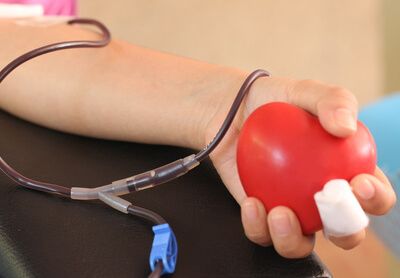This study provides the steps to follow in order to prevent or at least reduce radial artery occlusion after using it as an access for a diagnosis or treatment study.

The use of transradial access is exponentially increasing worldwide due to its lower chance of bleeding events and vascular complications than transfemoral access. Radial artery occlusion is the most frequent post-procedural complication that prevents both new interventions and the use of the artery as a conduit in a surgery, even though it has no clinical implications for the patient.
Based on the available data to date, authors provide easily applicable and effective recommendations to prevent radial artery occlusion. These recommendations require some additional devices which are not always cost/effective when compared with a gauze dressing and tape. In case of operators who have to apply “inexpensive” hemostasis, they will have to find their own way to maximize the chances of keeping artery patency.
Read also: Pre-TAVR Revascularization: Angiographic or Physiological?
Now, we describe the steps recommended by this study. In these steps the hemostatic compression device tested in the PROPHET and PROPHET II studies is used.
Step 1: remove the introducer sheath 2 to 3 cm.
Step 2: place the hemostatic device 2 to 3 mm proximal to the skin entry site for the introducer sheath and fasten or inflate the device so that it is tight but loose enough to allow for sheath removal.
Step 3: slowly reduce the compression pressure until there is minimum bleeding at the skin entry site.
Step 4: re-increase the pressure of the hemostatic device to the minimum necessary to maintain hemostasis.
Step 5: ensure that the radial artery is still patent by using the reverse Barbeau’s test: place the pulse oximeter on the index finger of the respective hand and see the pulse wave. Compress the ulnar artery at the wrist and watch the pulse wave activity. The absence of pulse wave in the index finger would suggest that the radial compression is excessive; therefore, the device should be slowly deflated until there is a pulse wave and, simultaneously, hemostasis is maintained.
A higher dose of heparin compared with the dose used in transfemoral procedures has also been shown to significantly reduce the risk of occlusion. The SPIRIT OF ARTEMIS study tested the use of high (100 IU/kg body weight) versus standard heparin dose (50 IU/kg body weight) in diagnostic studies. The rate of occlusion in the high-dose heparin group was 3% vs 8.1% in the standard-dose heparin group (p < 0.001). There was no increase in the risk of bleeding complications. Results were identical regardless of whether heparin was administered intravenously or through the introducer sheath.
The third strategy involved in trying to maximize patency is reducing the introducer sheath diameter. The fewer the French gauge used in the procedure, the lower the occlusion rate. This will obviously depend on the procedure we are planning to do: a left main coronary artery complex bifurcation, a complex rechanneling, or the need for an ablation device with a >2-mm spheroid will require at least 7 Fr. These procedures can be perfectly done through a transradial access, assuming a significantly higher chance of occlusion.
Original Title: Best Practices for the Prevention of Radial Artery Occlusion After Transradial Diagnostic Angiography and Intervention. An International Consensus Paper.
reference: Ivo Bernat et al. JACC Cardiovasc Interv. 2019 Nov 25;12(22):2235-2246.
Get the latest scientific articles on interventional cardiologySubscribe to our weekly newsletter
We are interested in your opinion. Please, leave your comments, thoughts, questions, etc., below. They will be most welcome.





